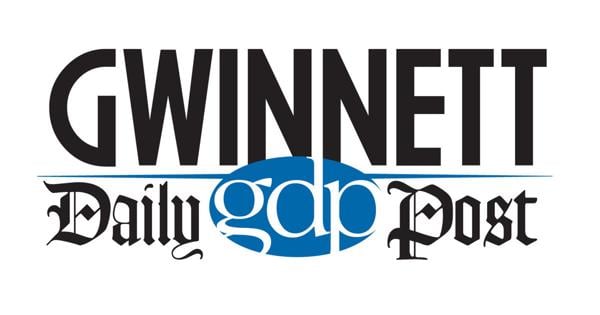When participating in a 401(k) plan, there is a fine line between investing intentionally with long-term holdings and “set it and forget it.”
401(k)s are wildly popular among defined contribution plans because they have high contribution limits; when offered, an employer match is an instant gain; deferrals are on gross compensation before taxes are withheld on paychecks; growth is tax deferred until withdrawn, and most plans have quality investment options.
Legislation has made them more attractive by allowing employers to automatically enroll employees. In physics, force is required to overcome inertia—i.e., standing still. Likewise, automatic enrollment forces employees to begin saving. While employees are always given the option to decline, nine out of 10 employees automatically enrolled as new hires remain in their employer’s plan, according to research from Vanguard Investments.
However, most companies auto enroll at low contribution levels—generally 3% or less. For most investors, a set-and forget-3% contribution rate is likely not enough to retire on. Even if an investor follows the general guidance of contributing enough to get the full employer match, that may only be 5% of compensation. If an employee is with a company for several years and receives cost of living raises, performance raises, and promotions with pay increases, that 5% contribution rate sweeps more money into the retirement account; however, the employee is also learning to live on more money. Again, it is likely that 5% over a 40-year career will not yield enough to fully support a retirement lifestyle. It is still the employee’s responsibility to increase their contributions, select appropriate and diversified investments, and take advantage of Roth options if available in their plan.
Read the full article here





